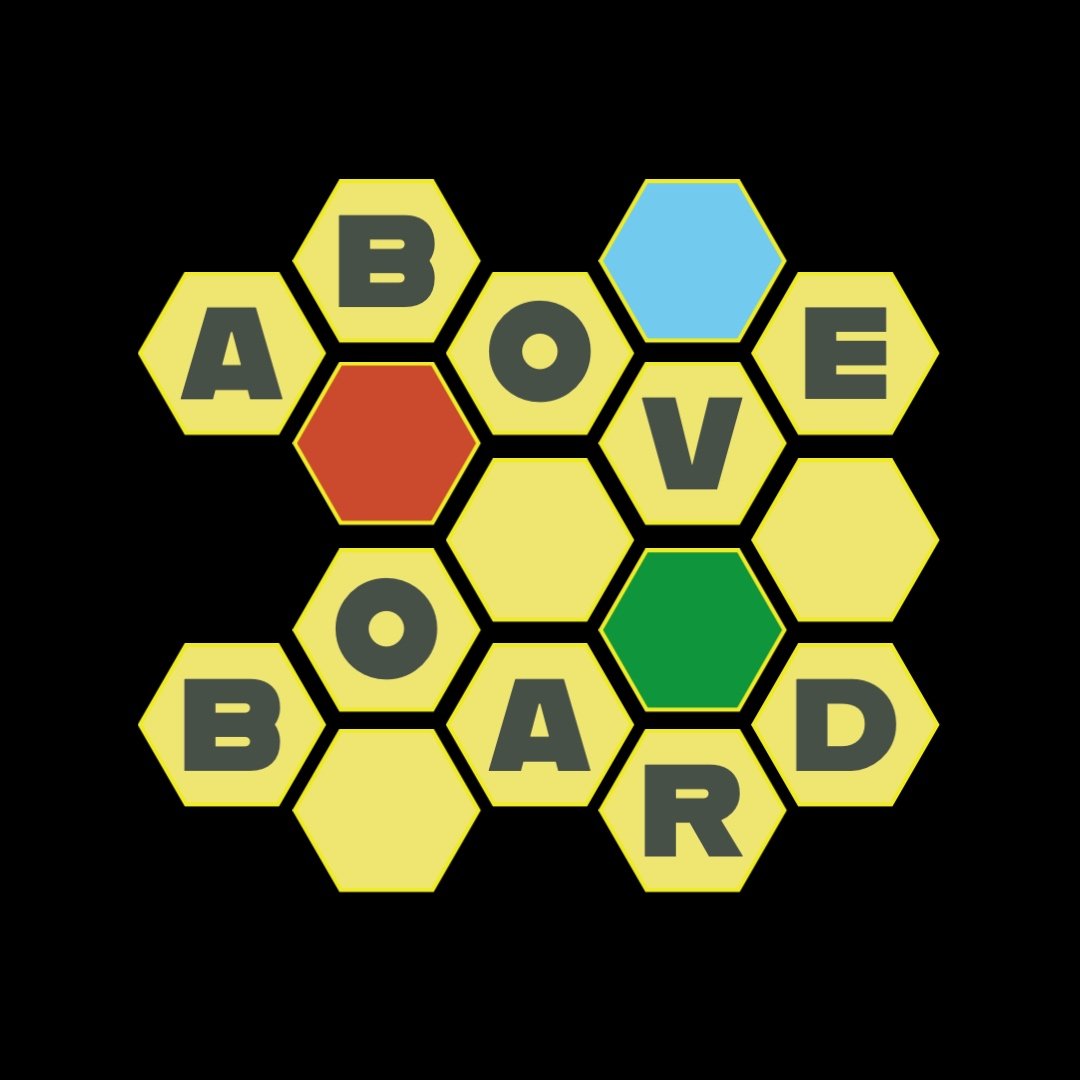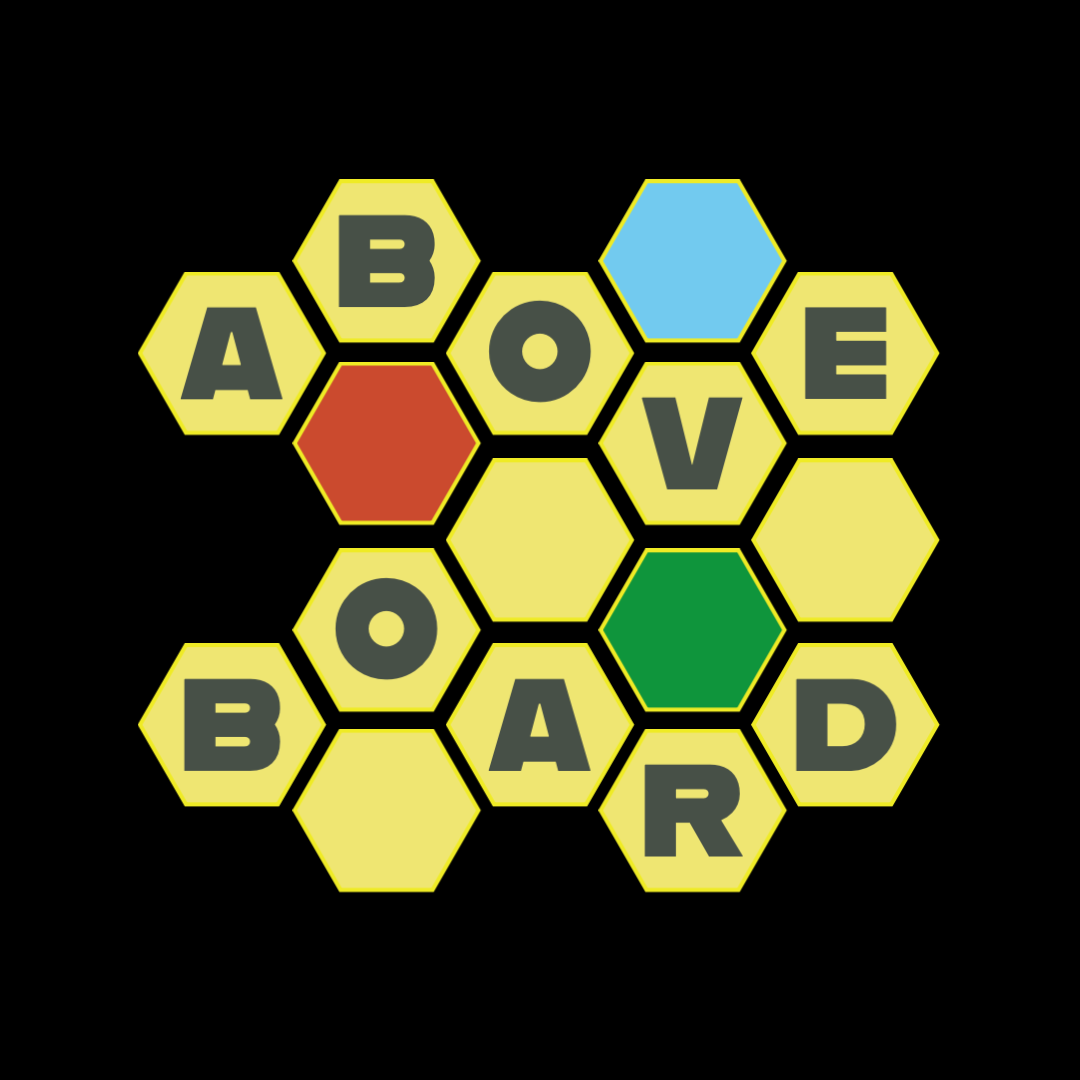Takahe’s Solo Den: Twilight Inscription
1 - 8 Players 90-120 Minutes Age: 14+
Designer: James Kniffen
Artist: Anders Finér, Tomasz Jedruszek, Alex Kim, Stephen Somers
Publisher: Fantasy Flight Games
Evolution is inevitable
As far as I can tell, there is a sort-off a stigma surrounding roll and writes. Ever since the dawn of the genre, the general perception of what these games have to offer has been largely the same. Roll and writes are mostly light, filler games that can totally entertain (the whole family in most cases), but just don’t provide a hefty, meaty and heavy experience on par with other, more “mature” genres. At least, that is my perception and until the arrival of Hadrian’s Wall, this perception was quite in line with what I have seen or played. However, once I had a chance to fully explore the beauty and complexity of Hadrian’s Wall, my view on this genre has shifted – this game has surprised me with it’s crunchyness and thinkyness, something I am used to in medium to heavy euros.
With Twilight Inscription, my perception of roll and writes shifts even more. This game is a perfect example of how the flexibility of medium to heavy weight mechanisms can transition pretty much flawlessly into anything. Even into a game where you do “bingo” stuff (marking, circling, drawing 😊). So, come to think of it, Twilight Inscription is essentially a next-generational evolution of Bingo. Especially since you mark stuff on your boards based on what was rolled 😊, just like you do in Bingo.
Epic scope delivered in accessible way
Jokes aside – Twilight Inscription might be inheriting some core mechanical concepts from its distant brother, but the game itself delivers an experience unlike anything else I’ve seen in this genre. Let’s start with the mechanics which are not too distant from mechanics in other resource management games.
Each player starts the game with 4 sheets (Navigation, Warfare, Expansion, Industry) and a chosen faction granting him a permanent and upon-activation bonus(es). Each sheet contains an ocean of icons, representing various assets and commodities. Every turn, an event card is flipped, and the player does what the event instructs them to do.
The majority of them are strategy type events, depicting one or more resources players can spend on either doing specific actions on the chosen sheet (for instance explore or claim systems) or crossing out those resources (if present), in order to unlock something else. Afterward, all dice are rolled with even more resources to be spent. So basically, strategy events are where the meat of the game lays as during these events, you are progressing on your sheets and do all the addictive “writing” bit of this roll and write.
And believe me… you will be absolutely consumed with analyzing what to do, where, and when – it’s not a question of reaching out and collecting all the victory point assets scattered across all sheets. You will also want to reach the new planets to get access to space docks and expand your faction, you will also try to get a speciality assets to be able to unlock new warships or technologies, and you will most likely aim to claim as many commodities as possible, because doing so gives you an option to get free resources every now and then.
There are also focus dice assets to be unlocked for each sheet, population to be added to your overall scoring, a home of the Galactic Council to be reached, vote assets to be claimed… in other words, lots and lots of different icons of different sizes and colours. Mind you though, the iconography is consistent and clean so once you familiarise yourself with all the different types and names and categories (with a tremendous help of a very useful player-aid), you’ll have no problem fully concentrate on the decision making itself (as opposed to deciphering what it is you’re looking at).
Not all events are worth the effort
Going back to the other types of event cards, let me just very briefly outline the rest of them – there are 3 council voting events which are, at least to me, the most underwhelming part of this game for a couple of reasons: 1) there are not enough vote cards supplied with the game, which means you will be constantly voting on the same thing. 2) if your votes failed, the consequences are not as impactful as I would have hoped. In other words, if you ignore voting, you won’t face a dire outcome, most likely you’ll just have to cross out some stuff from your sheets but you can do so in a way that will not impact you at all. And the benefits? Yeah, nah; they’re ok but not worth going for as a main strategy and certainly not worth wasting precious resources.
War events on the other hand, are a ton of fun. There are 4 of them each game and for each one, you will have to deploy a new fleet of star-warships/soldiers/cruisers etc. Not just that thought – you will have to think about your left and right enemy, meaning you will need to try and deploy your troops equally on both sides. And while doing so, also avoid the anomalies and capture whatever assets you can.
The battle resolution itself is very simple – you essentially count the number of nodes occupied by your army on your left and right sector, compare it with the number your enemy has… and that’s it. You either claim the victory asset (can be quite handy!), a negative VP… or nothing, if the battle ended up in tie. Either or, I really enjoyed unlocking new warships and using them in battle (using your fleet also scores you VP), plus many of the clans provide you with a unique unit as well, so there is a lot of fun to have on the warfare sheet alone.
The last and possibly the least interesting event you will come across is the production event which essentially gives you free resources to use, depending on how well you’ve progressed on your industry sheet. Nothing spectacular, this event… but can really help you reach what you’re after even when your dice rolls are not giving you the desired results.
Overall, the event deck provides a solid variety in terms of event types, however, I just wish there were more cards available as you use the same deck (although each time shuffled differently) all the time – there is simply no spare cards to use, which is a shame and I do hope we’ll see the overall lack of cards (this goes for objective cards as well) fixed in any future expansions.
Hassle-free solitaire
Now, speaking from a solo perspective, the game is in its nature a multiplayer solitaire affair so playing solo, you are not missing out on any content whatsoever. The game comes with a solo opponent whose progress is tracked on a solo side of Mecatol Rex sheet (used in multiplayer for keeping track of who reaches the Galactic Council first, second etc.). Each time you roll dice, you mark automas’ progress using results on the focus (colourful) ones. The sheet therefore acts as a timer for you to try and complete objectives before the automa does (4 of them, 1 per each sheet), otherwise you’ll score less if you miss your chance to be first.
The sheet also gives you an indication as to how many votes the solo bot will cast in the next council event and how many units it has deployed against you. And that’s pretty much it in regard to the solo rules, there are 3 difficulty options to chose from, each just slightly modifying the starting position of each of the automa’s tracks, plus each difficulty has a solo ranking based on your score, with the highest ranks locked out for you if you’ve chosen an easy-peasy difficulty.
As I have mentioned already, this game is more or less a solitaire experience so the solo session provides the same gameplay as the multiplayer one. Twilight Inscription is not a heavy game in terms of the complexity of its mechanisms; it is a meaty roll and write resource management Euro because of how open the game is. You can start on any sheet and choose any path you want, there is no single, ultimate way towards victory. You can specialise in two sheets, you can try and go full on single sheet badassery, this is not a game you can figure out in just a few sessions.
And that’s mainly because of how varied the sheets are (you have 9 different variants of each sheet available to you!), how different the factions are and which objective cards you have to fulfil. Even after 15 games, I am still mostly swimming in the average scoring waters so there is definitely a ton of variety here, even with taking into account my earlier complaints towards a limited variety of card decks.
Setting up the right expectations
However, unlike Hadrian’s Wall, you won’t find a ton of combos here. Since you can only do your thing on a single sheet each round, there is no “jumping” back and forth, no crossing out X to enable Y to claim Z, all seamlessly across all of your sheets. The closest you’ll get to combos is an Industry sheet where you might cross out some stuff to circle other stuff, which moves you one step forwardon a corresponding track. Yay. If you want combos, this is not the game for you.
But, if you want a crunchy puzzle where you’ll have a chance to peacefully embrace your inner Analysis Paralysis demon, you will love this one. The sheer amount of stuff to cross out/underline/outline/draw will make your head spin and, at the same time, give you a very satisfactory and quite relaxing, stress-relieving “manual” experience. Hadrian’s Wall was the first game of this genre to push roll and writes further into medium to heavy weight territory, now is time for Twilight Inscription to take over and become my number one roll and write.










